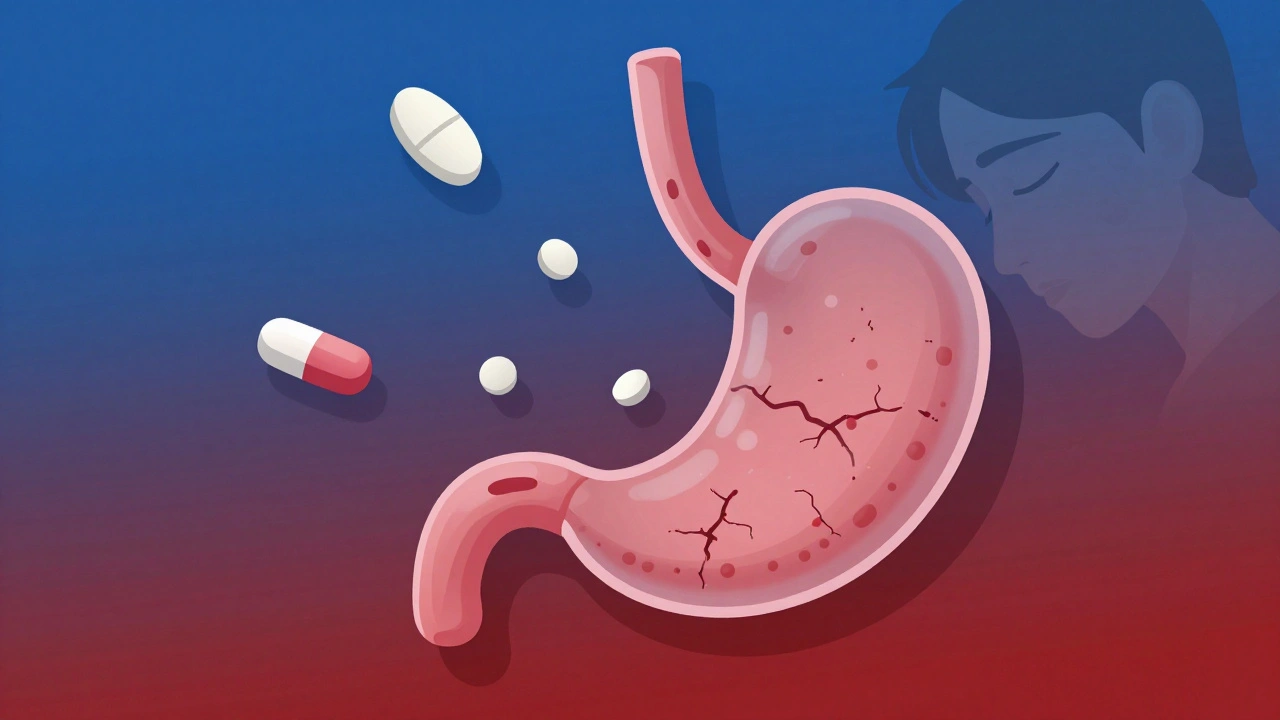Ezetimibe – A Simple Guide to This Cholesterol‑Lowering Medication
If you’ve heard of Ezetimibe, you probably wonder what it does and why doctors prescribe it. When working with Ezetimibe, a medication that blocks intestinal absorption of cholesterol, also known as Zetia, you’re dealing with a drug that targets the gut’s ability to pull cholesterol from food. The result is a measurable drop in LDL, the “bad” cholesterol that builds up in arteries. Because LDL is the primary driver of atherosclerotic plaque, reducing its level directly cuts heart‑attack risk. Statins, drugs that inhibit HMG‑CoA reductase in the liver are the first‑line therapy for most patients, but many still need extra help to reach target numbers. That’s where ezetimibe fits in: it is often added to a statin regimen, creating a complementary effect—statins lower cholesterol production while ezetimibe blocks its absorption. This dual approach can shave off an additional 15‑20% of LDL, a benefit that’s been confirmed in large outcome trials.
How Ezetimibe Fits Into Modern Cholesterol Management
Understanding hyperlipidemia, the condition of elevated blood lipids is key to seeing why ezetimibe matters. When the liver releases too much LDL or the gut absorbs too much dietary cholesterol, blood levels rise and the arterial walls start to thicken. Over time, this can lead to coronary artery disease, stroke, or peripheral vascular disease. Lifestyle changes—diet low in saturated fat, regular exercise, and weight control—remain the foundation, but many people need medication to bridge the gap. In recent guidelines, ezetimibe is recommended as a second‑line add‑on after maximally tolerated statins, especially for patients who can’t increase statin dose due to side effects. For those with very high risk, newer agents like PCSK9 inhibitors, injectable antibodies that dramatically lower LDL are an option, yet they’re costly and require injections. Ezetimibe offers a cheap, oral alternative that still delivers clinically meaningful LDL reductions. It’s also useful for people with statin intolerance; a low‑dose statin plus ezetimibe often achieves the same LDL cut as a high‑dose statin alone, reducing muscle‑related complaints.
Safety and tolerability are practical concerns for anyone considering a new drug. Ezetimibe is generally well‑tolerated, with the most common side effects being mild gastrointestinal upset or occasional liver enzyme elevation—both of which are usually reversible when the medication is stopped. Because it works in the gut, it doesn’t interfere with the enzymes that process many other drugs, making drug‑drug interactions rare. Patients with active liver disease should be monitored, and those on bile‑acid sequestrants need a few‑hour gap to avoid reduced absorption of ezetimibe itself. Clinical guidelines suggest checking fasting lipid panels about 4–12 weeks after starting or adjusting therapy, then every 3–12 months depending on risk level. By keeping an eye on LDL trends and any symptoms, doctors can fine‑tune the combination of statins, ezetimibe, and lifestyle tweaks to keep heart health on track. Below you’ll find a curated set of articles that dive deeper into specific aspects—comparisons with other cholesterol drugs, dosing tips, safety reviews, and real‑world patient stories—so you can get a full picture of how ezetimibe fits into your health plan.






